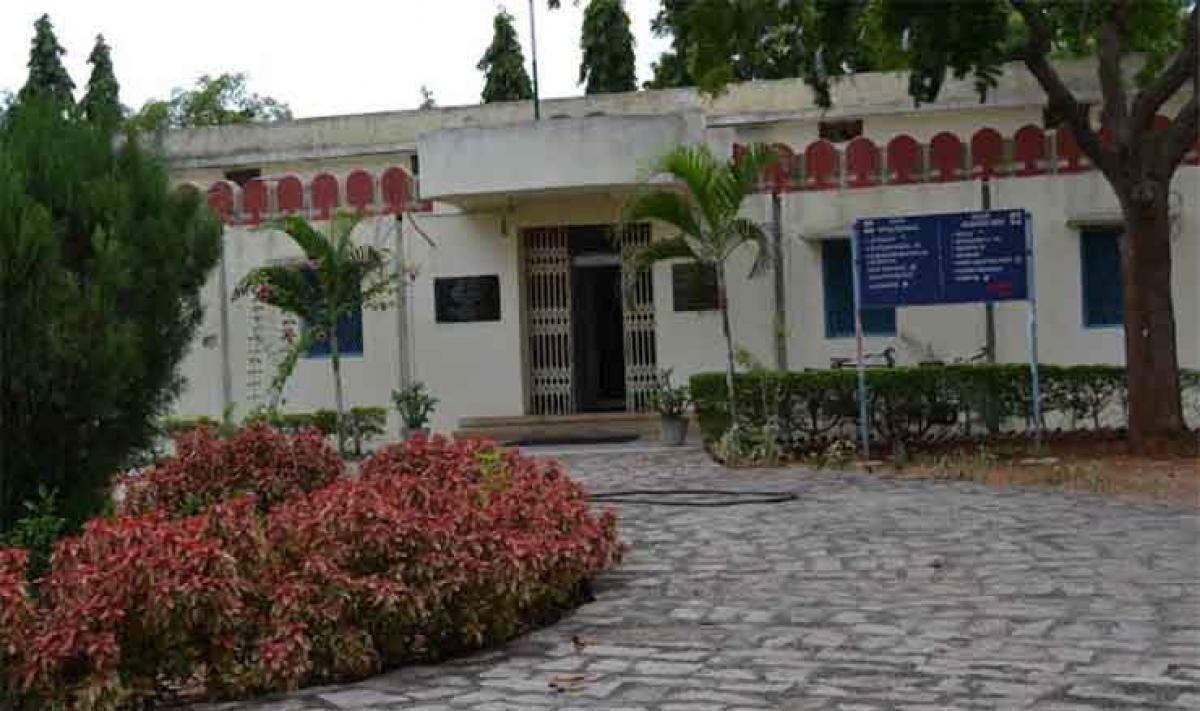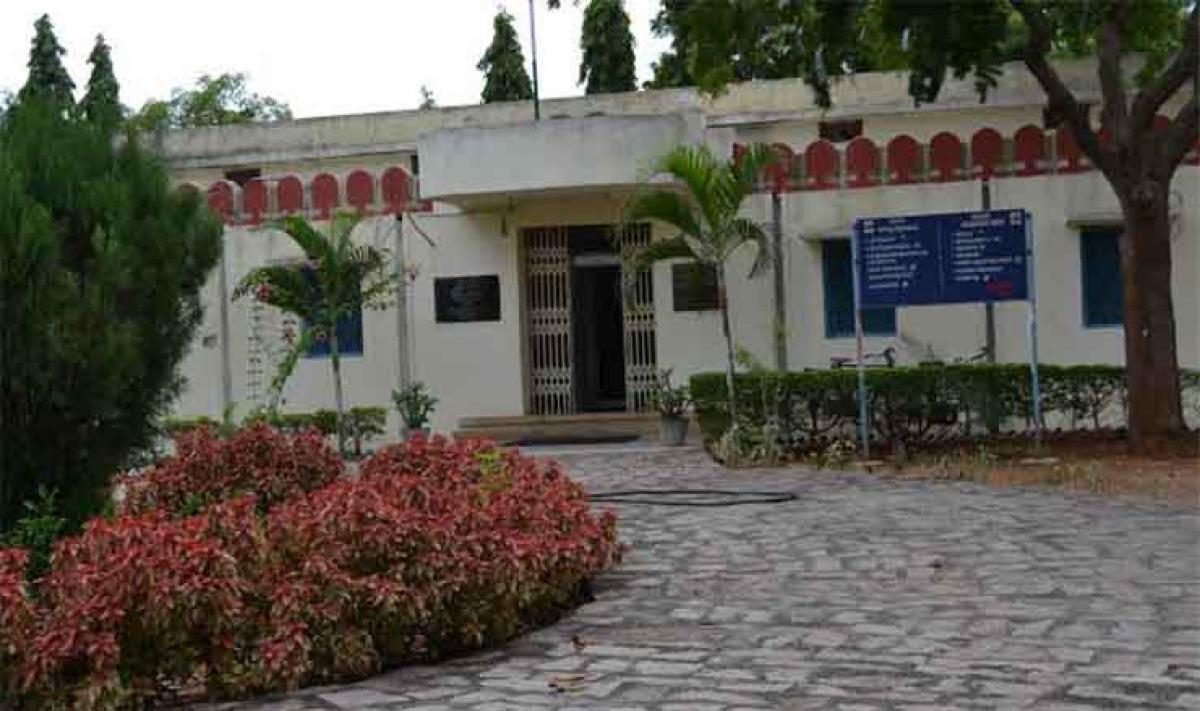Live
- Telugu Actor Shri Tej Booked for Alleged Cheating and False Promise of Marriage in Live-in Relationship
- Toyota Kirloskar Motor Celebrates 1 Lakh Urban Cruiser Hyryder on Indian Road
- MLS: New York City FC part ways with head coach Nick Cushing
- Delhi CM says Centre cutting AAP voters’ names from rolls, BJP hits back
- Hyderabad Metro Rail Phase-II Works to Begin in Old City in January 2025
- Odisha: 668 persons killed in human-elephant conflicts in last three years
- DEFENDER JOURNEYS: TO EMBARK ON ITS THIRD EDITION FROM NOVEMBER 2024
- Participating in Prakriti Parikshan can help build a healthier India: Prataprao Jadhav
- ISRO's Shukrayaan-1 Mission Approved: India’s First Venus Orbiter to Launch in 2028
- Pawan Kalyan urges centre for Railway Infrastructure Development in Pithapuram










